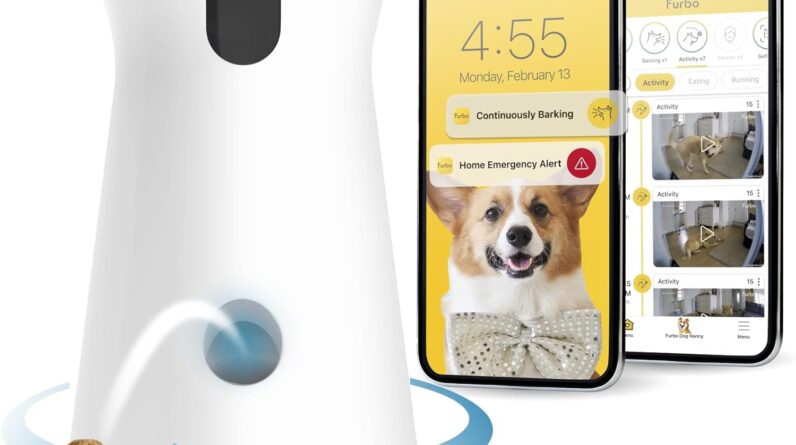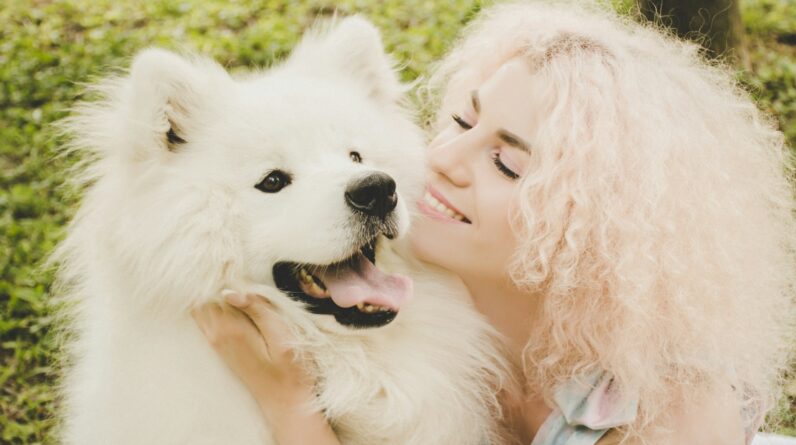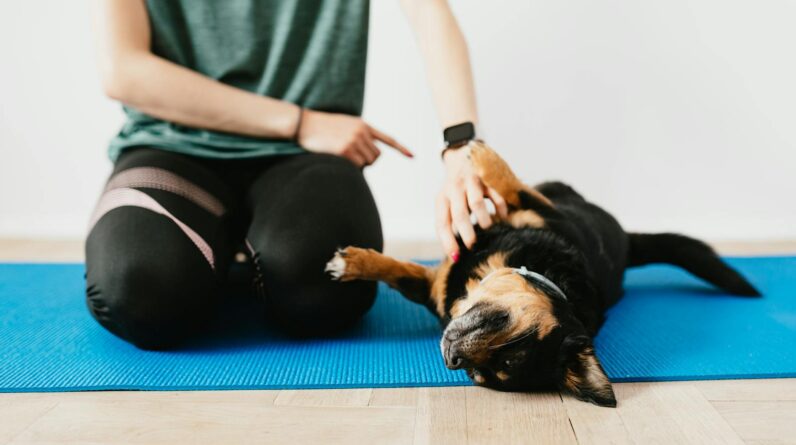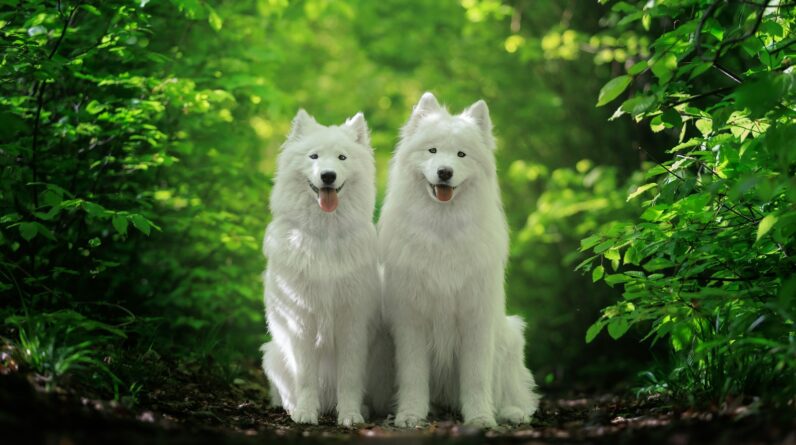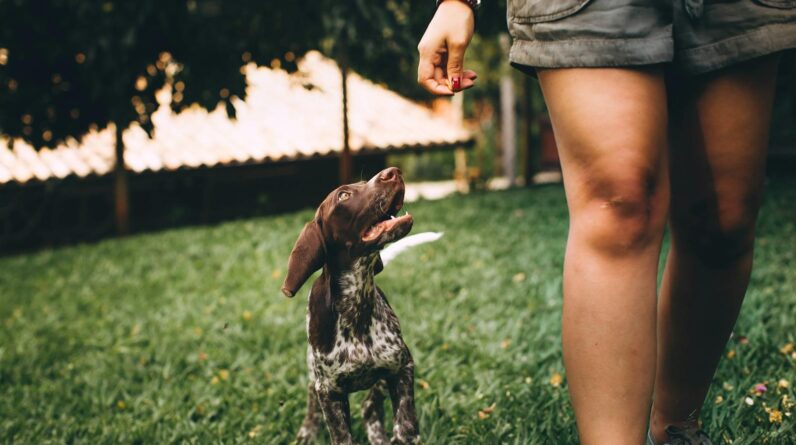
Let’s Make Friends! Safe Ways to Help Your Dog Meet Others
Hey you! Yes, you with the furry friend! Have you ever watched your pup get super excited or maybe a bit scared when meeting new dog pals? Just like us, dogs need friends. But also like us, they gotta learn how to play nice and be safe. I’m going to share some cool tips that will help your dog make friends the right and safe way. Let’s jump in!
Start Young, Learn Fast
Got a puppy? Lucky you! Little dogs are like sponges; they soak up everything. Start teaching them as young as you can. Imagine starting school when you’re a baby – okay, that’s way too early, but you get the point! The sooner puppies learn to be around other dogs and people, the better.
Set the Scene
Before throwing your dog into a party with lots of other dogs, think about the ‘where’. A quiet place, like a not-so-busy park, can be just right. It’s like having friends over to play in a mess-free room. No clutter means less trouble!
Ride the Slow Lane
Don’t rush it. Like going down a slide, it’s fun to slide at your own pace. Some dogs are shy, while others could run for mayor with their friendliness. The key is to go slow, so neither the shy nor the outgoing ones get overwhelmed.
One at a Time, Please
Imagine getting dropped in a room full of people you don’t know – yikes, right? Dogs can get spooked meeting too many buddies at once. Start with just one dog friend and see how it goes. If they hit it off, then you could try adding more pals to the mix.
Leash or No Leash?
Leashes keep dogs safe, but they can also make some feel trapped. It’s sort of like holding your friend’s hand – nice, but not all the time. If you’re in a safe, closed spot, it might be okay to let them loose. Always keep an eye out, and if things get too wild, you can bring back the leash to calm things down.
Body Talk
Dogs say a zillion things by how they stand or wag their tails. A happy, waggy tail usually means “I’m cool, let’s hang out.” A tail tucked away might mean “I’m not feeling this.” Learning this “dog talk” will help you know if your dog is having a good time or needs a break.
Sniff First, Play Later
Dogs love to sniff. It’s like reading a who’s who book with their noses! When dogs meet, they often sniff each other out. It’s their way of saying hello. Let them have a little sniff-fest; it’s their handshake before the fun begins.
Play Nice with Everyone
Strong dogs, tiny dogs, fluffy dogs, smooth dogs – they all need to learn to play nice. Sometimes bigger dogs don’t realize their own strength. It’s like a big brother who plays a little too rough. Teach your big buddy to be gentle, or play with dogs their own size to keep it safe for everyone.
Treats to the Rescue
Treats are like gold to dogs. Carry some during playdates. It can help you get their attention and reward good behavior. But be careful. All dogs will want some of that snack magic, so make sure you have enough to share or give treats when the other dogs aren’t looking.
Barks and Growls Aren’t Always Bad
Don’t freak out if you hear some barking and growling. It’s not always a bad sign. Dogs have arguments just like us. But if the noise gets too loud, or if you see teeth and fur flying, it’s time to step in. Break it up calmly, like a cool teacher separating kids who got a bit too rowdy.
Take Breaks and Chill
Running around gets tiring, and dogs need chill time too. Make sure there’s water and shade. If you see your dog panting a lot or finding a spot to lie down, that’s the body’s way of saying, “I need a time-out.”
Now you’re all set to help your dog make new friends safely. Keep these tips in mind, and you’ll have a social butterfly dog in no time. Remember, be patient, watch closely, and most of all, have fun with your buddy!
What’s the best age to start socializing my dog?
It’s great to start socializing puppies when they’re around 3 to 14 weeks old. This is when they’re most open to new experiences. Make sure they’re meeting different people, dogs, and getting used to various environments during this period.
But don’t worry if your dog is older! You can socialize adult dogs too. Begin slowly and create positive experiences. Reward them for calm behaviour around new friends and places.
How do I socialize my dog with other dogs safely?
The dog park can be a good place, but start with controlled meet-ups. Find a calm and friendly dog for your pet to meet. Keep leashes on and let them sniff each other. Watch their body language so everyone stays comfy.
Always intervene if play gets too rough. Short and sweet sessions help. As your dog gets better with one-on-one interactions, you can try bigger doggy groups. Remember, treats and praise go a long way!
Can I socialize my dog if they seem scared or aggressive?
Absolutely, but take it slow. If your dog is scared, introduce new things from a distance they’re okay with. Let them watch other dogs play without forcing them to join. With aggression, it’s key to consult a professional trainer or behaviourist for a safe plan.
Reward calm reactions and use treats to associate new experiences with positive outcomes. If your dog seems overwhelmed, give them a break. Patience is key, and don’t forget lots of love and reassurance.
What kind of social activities can help my dog become more confident?
Group obedience classes are brilliant for confidence-building. Your dog can learn skills while being around others. Regular walks in different parks also expose them to new sights, smells, and sounds at a comfortable pace.
Think about setting up playdates too. When your dog has a buddy they click with, it can make socializing fun. Keep these playdates positive and stress-free for the best results.
Is there such a thing as too much socialization for my dog?
Just like people, dogs can get overwhelmed. Too many new experiences back-to-back can be stressful. Read your dog’s signs. If they’re looking tired, anxious, or cranky, it’s break time. Balance is key—a mix of adventure and chill time works best.
Avoid forcing your dog into situations that scare them. If they’re not into a social event, respect their limits. It’s about quality experiences, not just the number of them. Keep an eye on their mood, and you’ll be fine.
Key Takeaways
- Start Early: Begin socializing your dog as young as possible, ideally in their first three months when they’re most receptive.
- Safe Environments: Introduce your dog to new experiences in controlled spaces to reduce stress and risks.
- Mix It Up: Expose your pup to a variety of situations, including different people, dogs, and environments, to build confidence and adjustability.
- Go at Their Pace: Watch for signs of discomfort and never force your dog into overwhelming scenarios; let them retreat if they need to.
- Positive Reinforcements: Use treats and praises to encourage and reward your dog’s calm and friendly behavior during interactions.
- Playdates and Classes: Schedule regular playdates with other dogs and consider obedience classes for structured socialization opportunities.
- Health First: Make sure your dog is vaccinated before encountering other dogs to prevent disease transmission.
- Body Language Matters: Learn to read your dog’s and other dogs’ body language to intervene before tensions escalate.
- Every Dog is Different: Acknowledge your dog’s unique personality and comfort levels—socialization isn’t one-size-fits-all.
Final Thoughts
Alright, let’s wrap this up! Safe dog socialization is like a solid high-five; it’s gotta be just right. Start early with your pup, exposing them to new experiences while they’re young. It’s the golden window to build confidence and good vibes with others. But hey, don’t rush it! Keeping things positive and pressure-free is the name of the game.
Watch your doggo’s body language like a hawk. If they’re tense or nervous, give them some space and try again another time. Safety first, pals! Ensure other dogs are vaccinated and friendly before letting them mingle. Boundaries are cool too – just like you wouldn’t share your fries with just anyone, don’t force interactions on your pooch. And remember, consistency is key; regular playdates help your furry friend learn the ropes of doggy etiquette. So, take these tips and transform your pup into the social butterfly of the dog park!


